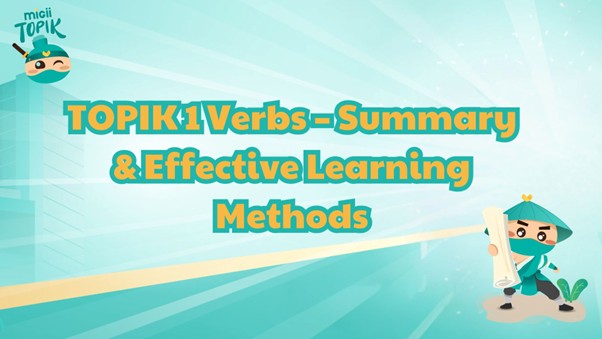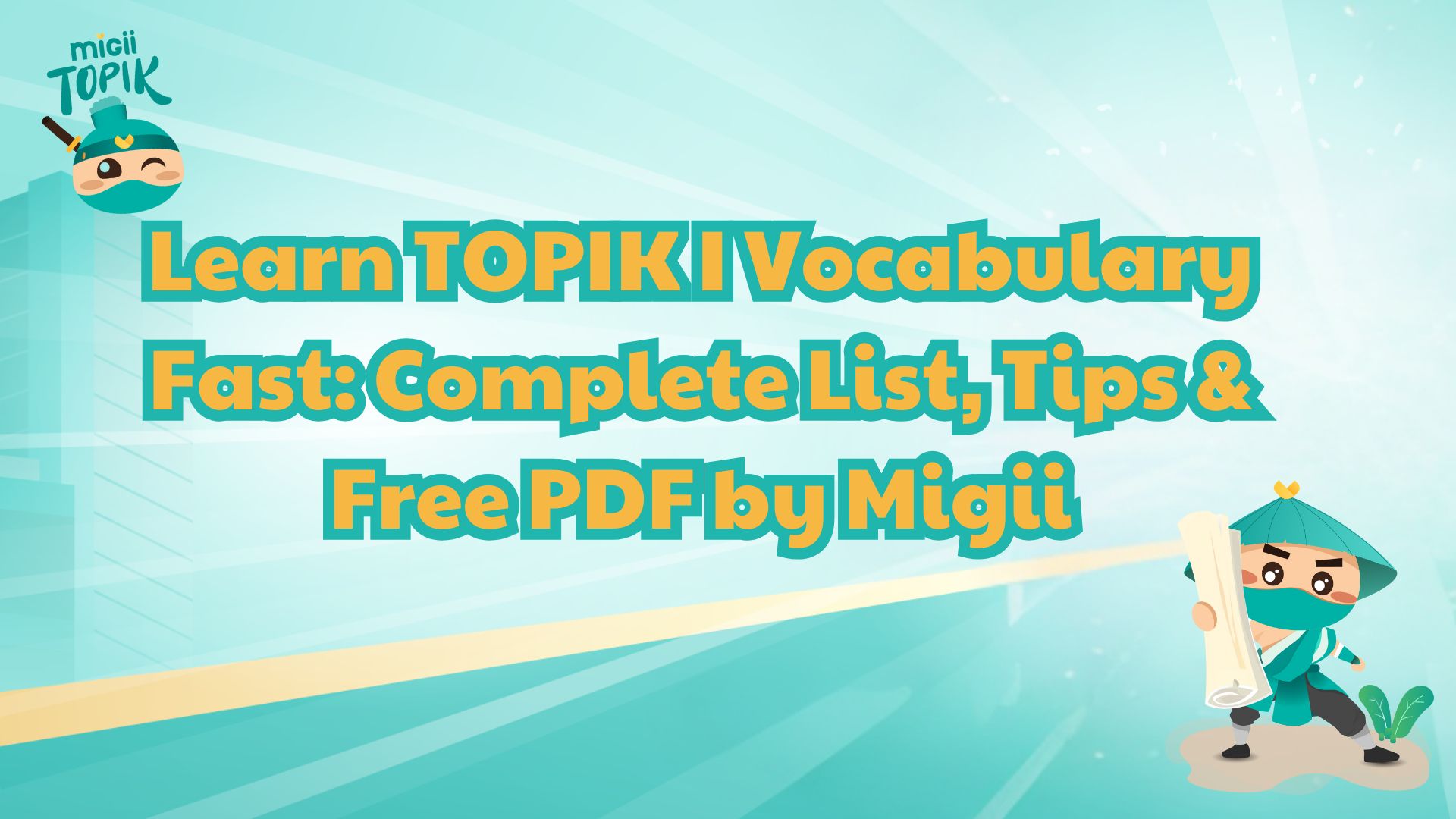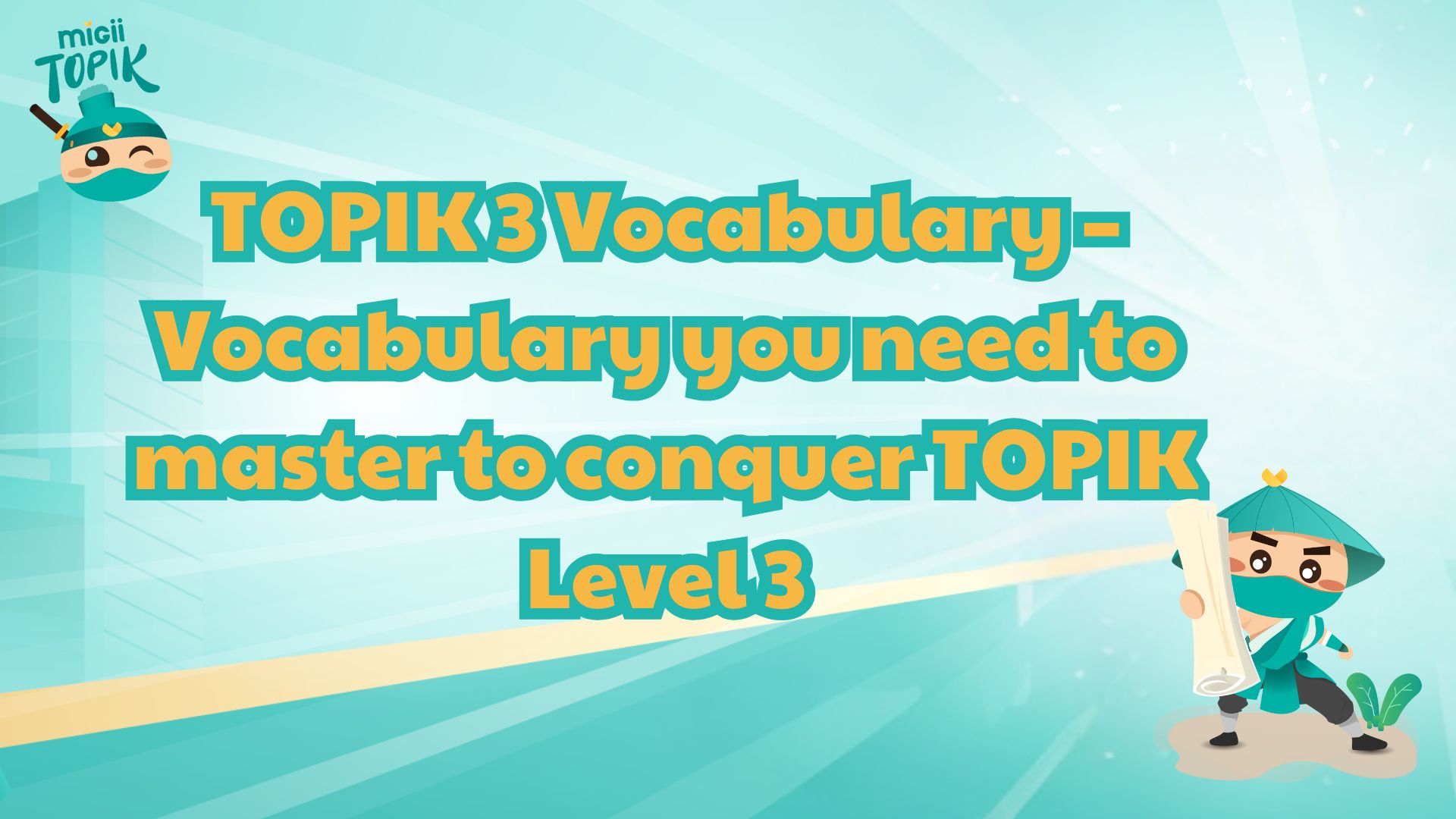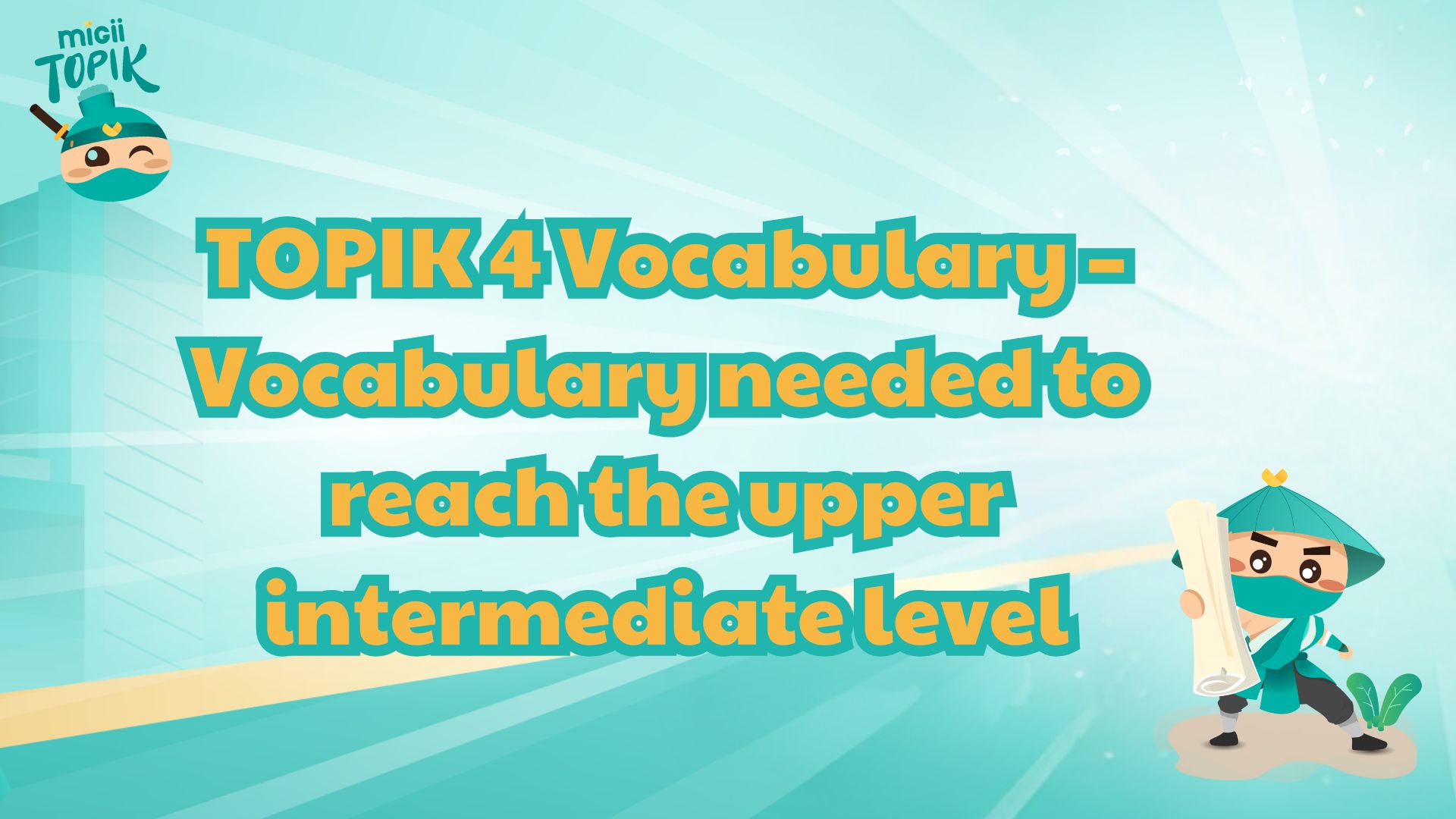Are you just starting out with Japanese and planning to take the JLPT N5? That’s a great first step. As a beginner, one of the most common questions you might ask is: How many words do I need to know for JLPT N5? What's the best way to study the JLPT N5 vocabulary? or Can I get a free JLPT N5 vocabulary list or PDF?
If you're asking any of those, this guide is for you. Whether you’re a complete beginner, self-learner, or studying in a classroom, we’ll walk you through everything you need to know about JLPT N5 vocabulary in 2025 including how many words to study, what kind of vocabulary to expect, and the most effective ways to learn it all.
JLPT N5 vocabulary
What Is JLPT N5 and Why Is Vocabulary So Important?
The Japanese Language Proficiency Test (JLPT) has five levels: from N5 (easiest) to N1 (most advanced). N5 is the entry-level exam and focuses on your ability to understand basic Japanese used in daily life.
Vocabulary is one of the core areas tested in N5, and mastering it helps you with reading, listening, writing, and speaking. You’ll need to know common words used in greetings, daily routines, shopping, transportation, and family life. Without this essential vocabulary, you’ll struggle with even the most basic tasks in Japanese.
How Many Words Are in JLPT N5?
So, how many words should you actually know to pass the N5 exam?
Most JLPT prep books and teaching resources agree that learners need to know between 800 to 1,000 Japanese words for JLPT N5. These include:
- Common nouns like “book,” “teacher,” or “train”
- Basic verbs like “eat,” “go,” and “see”
- Everyday adjectives like “new” or “small”
- Polite expressions and common questions
Even though it’s the most basic level, 1,000 words is no small feat especially if Japanese is your first foreign language.
Learning JLPT N5 vocabulary also lays the groundwork for all future levels. Many of the words you study now will reappear in more advanced grammar and reading later on.
What Types of Vocabulary Are Included?
JLPT N5 vocabulary covers the most basic words used in everyday Japanese. These include:
Common Nouns
- 学校 (がっこう) – school
- 日本 (にほん) – Japan
- 先生 (せんせい) – teacher
- 電車 (でんしゃ) – train
- ご飯 (ごはん) – rice/meal
Basic Verbs
- 行く (いく) – to go
- 食べる (たべる) – to eat
- 見る (みる) – to see
- する – to do
- ある – to exist (non-living things)
Simple Adjectives and Time Words
- 大きい (おおきい) – big
- 小さい (ちいさい) – small
- 新しい (あたらしい) – new
- 今日 (きょう) – today
- 毎日 (まいにち) – every day
You’ll also learn question words, basic particles, and set phrases used in greetings, shopping, and travel.
Why Learning JLPT N5 Vocabulary Can Be a Challenge
Even though N5 is beginner-level, it can still feel overwhelming. Many learners struggle with:
- Mixing up similar-looking or sounding words
- Memorizing vocabulary without enough review
- Not understanding how words are used in real sentences
- Learning both kanji and kana versions of each word
These are all common issues, but the good news is that there are effective ways to overcome them especially if you use the right methods from the start.
How to Learn JLPT N5 Vocabulary Effectively
If you're serious about passing JLPT N5, here are five techniques that really work.
Use a Themed JLPT N5 Vocabulary List
Rather than learning words in random order, use a vocabulary list that groups words by category. For example, study words related to family, school, food, or transportation together. This helps you create mental associations and remember faster. Many learners also prefer a downloadable JLPT N5 vocabulary list PDF for offline review.
Use Spaced Repetition Systems (SRS)
Apps like Anki, Migii, and JPDB use spaced repetition, a method where words are shown to you right before you're about to forget them. This technique is great for memorizing a large number of words without burning out.
Practice All Language Skills
Don’t just memorize flashcards. Apply your vocabulary by reading simple texts, writing short sentences, listening to beginner audio, and speaking out loud. Even 5 minutes a day of active use can help build retention.
Learn Kanji Alongside Vocabulary
JLPT N5 requires knowledge of around 100 basic kanji. Learn the most important kanji as you study vocabulary. For example, when learning the word 学校 (がっこう – school), take time to learn the kanji 学 and 校.
Take Regular Quizzes and Practice Tests
Testing yourself frequently helps reinforce what you've learned. Try using online quizzes or apps that simulate JLPT N5-style questions. This helps you get used to the test format and builds your confidence.
What is JLPT N5 and why is vocabulary so important?
Top Study Resources and Tools for Learning JLPT N5 Vocabulary
If you're preparing for the JLPT N5 in 2025, building a strong foundation in vocabulary is one of the smartest ways to boost your score. To study efficiently, you’ll want to use structured, beginner-friendly resources that follow the JLPT format. Below are some of the best study materials including downloadable PDFs and helpful apps to help you master the JLPT N5 vocabulary with confidence.
Recommended JLPT N5 Vocabulary PDFs
JLPT N5 Vocabulary List by Migii JLPT
This free downloadable list organizes essential N5 words by category (e.g., verbs, nouns, time expressions) and usage context. It’s great for daily review, especially if you prefer a visual structure to your study routine.
Download Link: JLPT N5 Vocabulary List PDF by Migii JLPT
Try N5 English Version
This beginner-friendly textbook combines grammar explanations with JLPT N5 vocabulary and example sentences. It’s ideal if you want to see how words appear in real sentence patterns while preparing for both vocabulary and grammar questions.
Download Link: Try N5 PDF (English version) by Migii JLPT
Kirari Nihongo N5
Designed for absolute beginners, this book includes JLPT N5 vocabulary, grammar, and reading passages. It focuses on helping learners understand word meaning in context, making it easier to remember and use the words naturally.
Download Link: Kirari Nihongo N5 PDF by Migii JLPT
JLPT N5 Adverbs PDF by Migii JLPT
Adverbs are often overlooked, but they show up frequently on the JLPT N5. This mini-list focuses on common JLPT N5 adverbs like “よく (often),” “たいてい (usually),” and “すぐ (soon),” with example usage to reinforce meaning.
Download Link: JLPT N5 Adverbs PDF by Migii JLPT
Helpful Apps for Studying JLPT N5 Vocabulary
Studying JLPT N5 vocabulary doesn’t have to be boring. With the right apps, you can learn anywhere and stay consistent even if you only have 10 minutes a day.
Migii JLPT App
An all-in-one Japanese learning app tailored to the JLPT. The N5 section includes a full vocabulary list, grammar lessons, kanji, mock exams, and SRS-based review. It’s especially helpful for Vietnamese learners but is effective for anyone looking for a structured learning path.
Anki
Anki is a powerful flashcard app that uses spaced repetition to help you memorize and retain JLPT N5 vocabulary. You can find ready-made N5 decks or build your own based on the PDFs you’re using.
LingoDeer & Bunpo
Both apps are beginner-friendly and include JLPT N5 vocabulary, grammar, and reading practice. Each word is taught in context, with audio and sentence examples to help you learn how native speakers use them.
Top study resources and tools for learning JLPT N5 vocabulary
Proven Techniques to Learn JLPT N5 Vocabulary Effectively
Just starting out with Japanese? You might be wondering how to handle the long JLPT N5 vocabulary list. Don't worry, you're not alone. With around 800 - 1,000 words, including basic nouns, verbs, and adjectives, the N5 level builds the foundation for everything that comes later. The good news is, with the right methods and resources like a JLPT N5 vocabulary list PDF, Excel sheets, or study apps - you can make steady, stress-free progress.
Below are five beginner-friendly techniques to help you master the JLPT N5 vocabulary and build the confidence you need for the test and real-life conversation.
Learn Vocabulary in Context
Memorizing individual words can feel boring and disconnected. Instead, learn new words through short dialogues, example sentences, and reading practice.
For example:
きのう、友だちと映画を見ました。
In this simple sentence, you naturally learn how words like 友だち (friend), 映画 (movie), and 見ました (watched) are used in context.
Using materials like a JLPT N5 vocabulary list with romaji PDF or beginner storybooks helps you connect meaning and usage, making new words much easier to remember.
Use Spaced Repetition (SRS) Tools
Spaced repetition is a powerful method to retain vocabulary long-term. Free apps like Anki or Migii JLPT allow you to upload or download the JLPT N5 vocabulary list Excel or pre-made decks and study words efficiently. The system automatically schedules reviews just before you're likely to forget a word.
This is especially helpful when memorizing the JLPT N5 noun list, which includes essential everyday terms like 時間 (time), 学校 (school), and お金 (money).
Practice All Four Language Skills
To really master the N5 JLPT vocabulary list, make sure you're using words in multiple ways:
- Listening: Use N5-level podcasts or anime with subtitles.
- Speaking: Practice simple conversations or shadow Japanese dialogues.
- Reading: Start with graded readers or the JLPT N5 vocabulary list PDF that includes example sentences.
- Writing: Keep a daily journal or try writing 3 - 5 sentences using new words.
This balanced method helps reinforce vocabulary from multiple angles and prepares you for all sections of the JLPT N5 exam.
Use Mock Tests to Track Your Progress
Taking mock tests is one of the best ways to see how well you're remembering and applying vocabulary. Several platforms, including Migii JLPT, offer quizzes and full practice exams that highlight your strengths and weaknesses based on the JLPT N5 word list.
You’ll also become more familiar with how JLPT N5 nouns, verbs, and adjectives are used in real test scenarios especially useful for reading comprehension and listening tasks.
Speak and Listen to Japanese Daily
Even if you're a beginner, try to expose yourself to spoken Japanese every day. This might include:
- Watching shows with subtitles
- Repeating phrases out loud
- Talking to a language partner online
- Using newly learned words from the JLPT N5 vocabulary PDF
This consistent exposure helps move words from passive memory (recognition) to active use, making them easier to recall during the exam.
Whether you're using a JLPT N5 vocabulary list with romaji PDF, reviewing an Excel word sheet, or diving into a full JLPT N5 vocabulary list PDF, the most important thing is to be consistent and enjoy the process. Keep learning a few words each day, and you’ll be surprised how quickly your vocabulary grows.
Proven techniques to learn JLPT N5 vocabulary effectively
FAQ About JLPT N5 Vocabulary
Just starting out with JLPT? These frequently asked questions will help you better understand how to learn the JLPT N5 vocabulary efficiently and confidently.
How long does it take to master JLPT N5 vocabulary?
Most learners take 1 to 3 months to cover the JLPT N5 word list, which contains around 800 essential words. If you study 20–30 new words per day using flashcards or a JLPT N5 all vocabulary list PDF, you can build a solid foundation quickly. Consistency is more important than speed—make daily review part of your routine.
Should I learn vocabulary with grammar and kanji?
Absolutely. The JLPT N5 exam combines vocabulary, grammar, and basic kanji in every section. Using materials like the Japanese vocabulary for JLPT N5 PDF with sample sentences helps you learn how words, particles, and simple kanji work together.
Are vocabulary books enough to pass JLPT N5?
Vocabulary books or PDFs like the JLPT N5 vocab list PDF are useful starting points, but they’re not enough on their own. You should also:
- Practice reading and listening to beginner-level content
- Use the JLPT N5 vocabulary with sentences to learn usage in context
- Take mock exams to test your retention
Try a free JLPT N5 mock exam on Migii JLPT to test your skills using words directly from the JLPT N5 vocabulary list PDF download.
Conclusion
Mastering the JLPT N5 vocabulary is your first big step toward understanding Japanese. With around 800 words in the JLPT N5 vocab list, you’ll be able to handle everyday conversations, read simple texts, and pass your first JLPT exam with confidence. Whether you’re using an JLPT N5 word list PDF, studying with flashcards, or reviewing through full-sentence examples, the key is steady, meaningful practice.
Visit the Migii JLPT website today to download the full JLPT N5 vocabulary list PDF, access a free mock test, and start building a smart study plan designed just for JLPT N5 learners.








